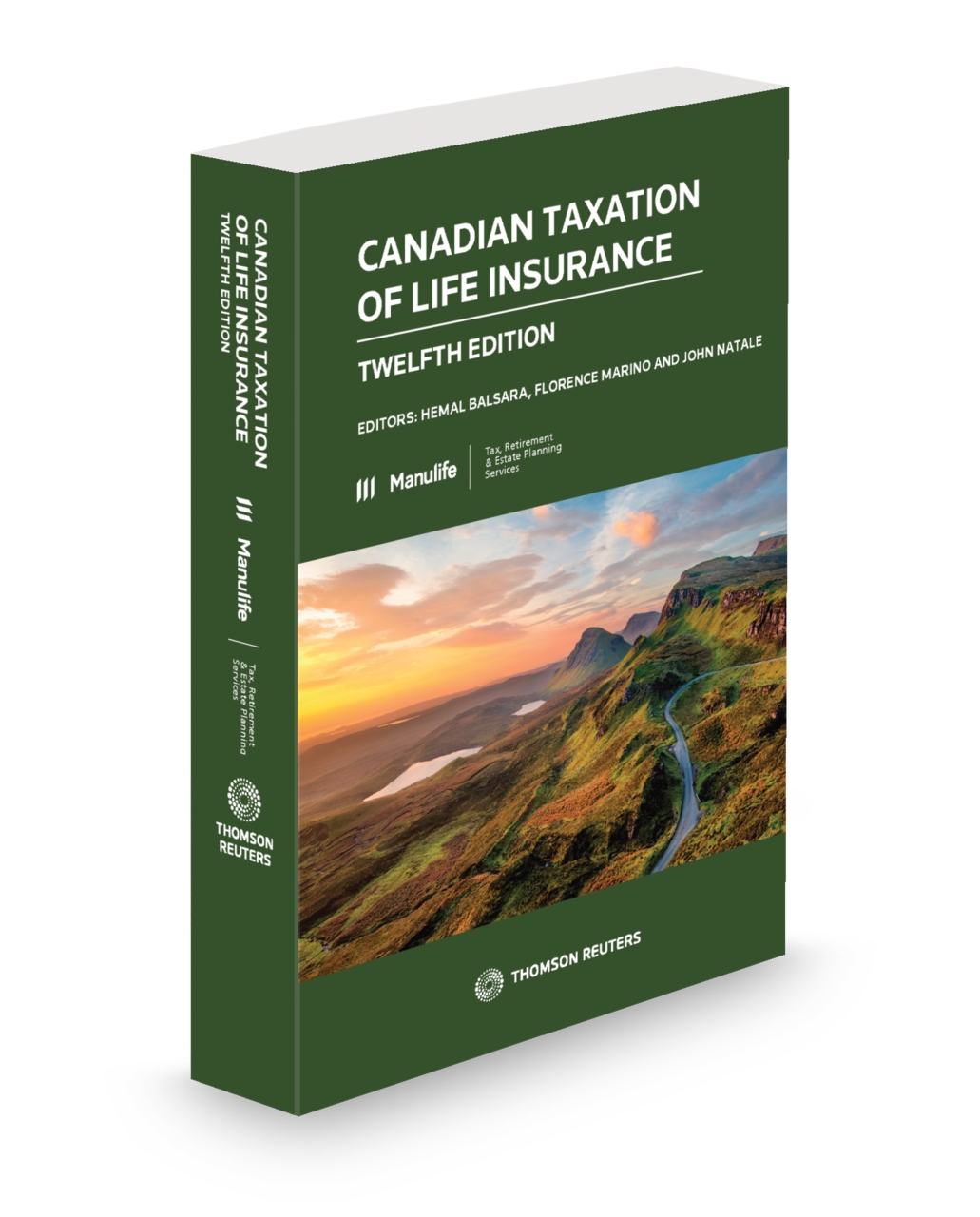Questionable Insurance Practices

I see all manner of questionable stuff done in Canadian insurance sales.
I am going to discuss one recent experience.
Bad insurance practices generally fall into a three categories:
-weak needs analysis, resulting in overselling insurance to people who probably can’t afford it. Mark McGrath has a great thread here about needs analysis:
My wife and I each have $2M of term life insurance.
— Mark McGrath (@MarkMcGrathCFP) April 16, 2024
Why $2M?
Because that's how much it would take for us to ensure the survivor is financially independent for life.
Want to know how much life insurance you you need?
Well, let me tell you.
-selling insurance as an ‘investment’ when the fundamentals are being ignored (no RRSP or TFSA)
And the one I’ll deal with here, smoke and mirrors, or needlessly complex products sold to high earners who feel like they should be using ‘sophisticated’ instruments
There can be legitimate uses for insurance in corporations. But many of the uses I see rely on leverage and ignore the risks connected to leverage.
This can be done because:
-the barrier to entry into life insurance sales is barely a speed bump.
-insurance agents operate to a suitability standard, meaning no fiduciary obligations.
-when insurance agents transgress, it almost always gets settled out of court, with their errors and omissions carrier ensuring the matter won’t get to trial, keeping the big dollars off the table, agents not culpable, and E&O premiums low.
Insurance regulators are mostly working from a playbook written in the 1920s and 30s and don’t have the needed tools.
Back to the matter at hand.
This involves a niche insurance application (alarm bells should be going off already) called a ‘split dollar’ policy.
A medical professional’s corp is going to pay a six-figure premium for a permanent insurance policy, for 10 years
The corp will ‘own’ the death benefit. The practitioner will ‘own’ the cash value.
The practitioner will be able to borrow against the cash value.
Borrowed funds will get reinvested back into the corp.
This will allow the shareholder to deduct the cost of borrowing, creating a ‘tax benefit’.
Does this actually accomplish any business purpose?
Irrelevant question. Nobody cares (though this might change as CRA exercises its expanded powers under the new anti-avoidance rules).
Now here is the rub with this concept.
When a corp uses its money to help a shareholder, a taxable benefit arises. An easy example is a company car. If your company pays for a car that you can use for personal use, a formula determines the amount added to your income for the year.
In this case, the corp is paying the entire 6-figure premium, but the shareholder will own the policy’s cash value. What is the tax value of that, or what is the shareholder’s taxable benefit?
This matters. Using a $100,000 premium, if $10,000 of that premium is relates to cost of insurance (the cost of the death benefit, which is owned by the corp) then $90,000 of that is a taxable benefit.
A top earner in ON would have to pay about $48,000 of tax on that taxable benefit, and that money presumably has to come from within the corporation. This is where things start to unravel.
The higher the shareholder benefit, the harder this is to justify. So we need some clever math to inflate the tax cost of the insurance premiums paid, which keeps the shareholder benefit comparatively lower.
If this were a universal life policy, where the cost of insurance is clearly distinct from the investment portion, this would be easy. Everything that’s not cost of insurance is taxable to the shareholder.
But this policy has to appeal to that certain sense of sophistication.
So we instead use a participating whole life policy. The par policy is a black box. The delineation between cost of insurance and investment is much harder to see.
We can rely on the insurer’s ‘illustration’ to some extent. The illustration is a non-binding (insurers got themselves in trouble in the 90s for letting agents do all kinds of crap in illustrations) look at the projected values over the life of the policy
The illustration shows a cost of insurance, but the prospect has been told a much higher number will be used, keeping that taxable benefit low.
This is where it gets nerdy. The Income Tax Act only has a few pages dedicated to life insurance, mostly in S.148. But this book has ~700 pages explaining a whole range of outcomes, including this one.

And the authors explain that the method presented here is possible, but has at least two complications that probably render it invalid.
The takeaways:
-insurance is a great tool and is usually simple
-complex cases sometimes have complex solutions
-complex solutions almost always entail some tax risk
If that tax risk is not disclosed to you, the person presenting it hasn’t done their homework
Most curiously, this client isn’t even taking advantage of the RRSP and TFSA. This is a failure of the advisor and a pretty strong indication that they are being influenced by a hefty commission.



Discussion